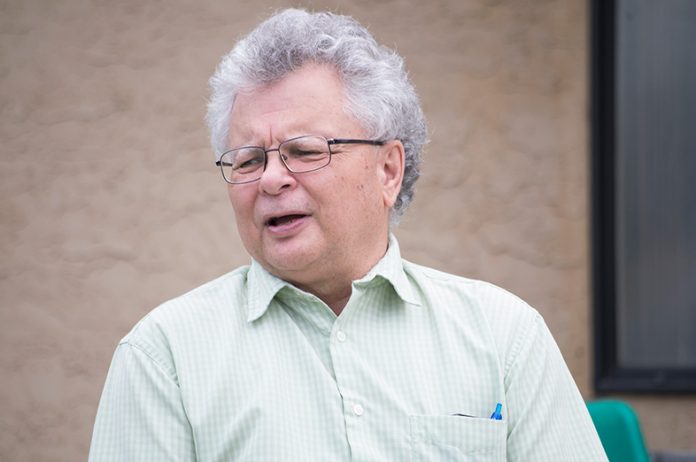Prince Albert listed as ‘unaffordable,’ with residents using over 30 per cent of income for rent and utilities
Brian Howell already knows people in Prince Albert are struggling to pay their rent.
New data, however, provides a wider scope of the issue – incomes for people across Canada aren’t keeping pace with the rapidly rising cost of rent and utilities.
“We need to make things better,” said Howell, the general manager of the Riverbank Development Corporation.
A new update to the Canadian Rental Housing Index shows a third of Saskatchewan residents are spending over 30 per cent of their income on rent, while 11 per cent are spending over half.
Ten per cent of Saskatchewan households are also living in overcrowded conditions.
Between 2016 and 2021, the average cost of rent increased by seven per cent in the province, the second lowest of all of the provinces and territories. British Columbia had the highest increase at 30 per cent.
Prince Albert is listed as “unaffordable” under the index, with residents spending between 30-49 per cent of their income on rent and utilities. All other Saskatchewan municipalities with data collected are also listed under the “unaffordable” category.
“Really, the issue here is the distribution of income within Canadian society,” explained Howell.
“To be very blunt, the bottom 20 per cent of the population do not get enough to live on. Their incomes are inadequate, they’re unable to pay the rents that they’re required and they don’t have enough money leftover for the food that they need.”
Howell said many have made their way out of poverty with government payments like CERB or the Child Tax Benefit – and that doesn’t necessarily mean they weren’t also employed, he said.
“The lowest paid jobs are the hardest, they’re the most demanding,” he said from his own experience, working a wide variety of jobs.
He explained that a man living in one of the corporation’s apartments in the far west side of the city would walk home after his night shift at Walmart. Since he was off duty in the middle of the night, there was no transportation.
But some aren’t working.
Howell said many times it’s because there’s a lack of supports, such as daycare availability or employers who understand that the person is transitioning from income assistance to employment.
He also suggested having more affordable housing for low-income families, like what the Riverbank Development Corporation provides.
The Saskatchewan numbers are on par with the national average.
One-third of Canadians are spending more than 30 per cent of their income on rent and utilities, which is the “generally accepted threshold,” according to the index. The province was just below the national number of 13 per cent spending over half of their income on rent.
The cross-country data also shows 13 per cent of Indigenous-led renter homes need major repairs, compared to seven per cent of non-Indigenous renters.
Howell said the overrepresentation of Indigenous people in poverty and overcrowded living conditions impact a large amount of families in Prince Albert.
Ray Sullivan is the executive director of the Canadian Housing and Renewal Association.
“We know that we have a housing and affordability problem across the country, including in Saskatchewan, and having the data to really zero in on where that problem is hitting the hardest can help us find the best solutions,” he said.
Sullivan said the data helps to fill in gaps in the national housing strategy, such as not including Indigenous people living in an urban setting.
But the issue is still at the forefront in smaller centres.
“This isn’t just a challenge in cities anymore,” he said, referring to Warman, Melfort and Humboldt, for example.
This is the latest update to the index since 2018. The data is collected through the national census.


